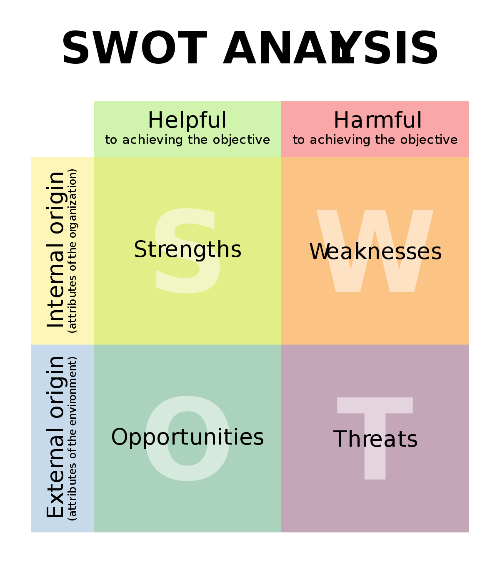DS Solution
| Line 17: | Line 17: | ||
==ADKAR== | ==ADKAR== | ||
| − | + | '''The ADKAR model''' <ref name=''name''> ''https://www.prosci.com/resources/articles/why-the-adkar-model-works'' </ref> is a 5-step framework that helps deal with the people-aspect of change management. | |
| − | + | ADKAR is an acronym that represents the five milestones or outcomes an individual must achieve for change to be successfully realized: ''awareness'' (of the need to change), ''desire'' (to participate and support the change), ''knowledge'' (about how to change), ''ability'' (to implement new skills and behaviors) and ''reinforcement'' (to keep the change in place). | |
| − | + | ||
| − | + | When applied to organizational change, this model allows leaders and change management teams to focus their activities on what will collectively drive individual change and produce organizational results. | |
| − | + | The ADKAR Model will highlight the areas where you can take focused, corrective action to improve change success. | |
| − | + | ||
| − | + | ||
| − | + | ||
| − | + | ||
| − | + | ||
| − | + | ||
==HOUSE OF QUALITY== | ==HOUSE OF QUALITY== | ||
xx | xx | ||
Revision as of 20:46, 22 February 2020
Contents |
Introduction
Tools
SWOT Analysis
SWOT Analysis [1] is a planning exercise in which managers identify internal organizational strengths (S) and weaknesses (W) and external environmental opportunities (O) and threats (T), using the popular 2x2 matrix.
The first step in SWOT analysis is to identify an organization’s strengths (such as high-quality skills in marketing and in research and development) and weaknesses (such as rising manufacturing costs and outdated technology). The task facing managers is to identify the strengths and weaknesses that characterize the present state of their organization.
The second step in SWOT analysis begins when managers embark on a full-scale SWOT planning exercise to identify potential opportunities and threats in the environment that affect the organization now or may affect it in the future. After applying a SWOT analysis on a business project, decision-makers should understand if the goal is attainable or not. In case that the goal is not achievable, decision-makers must select another goal and repeat all the process again.
ADKAR
The ADKAR model [2] is a 5-step framework that helps deal with the people-aspect of change management. ADKAR is an acronym that represents the five milestones or outcomes an individual must achieve for change to be successfully realized: awareness (of the need to change), desire (to participate and support the change), knowledge (about how to change), ability (to implement new skills and behaviors) and reinforcement (to keep the change in place).
When applied to organizational change, this model allows leaders and change management teams to focus their activities on what will collectively drive individual change and produce organizational results. The ADKAR Model will highlight the areas where you can take focused, corrective action to improve change success.
HOUSE OF QUALITY
xx
Defenition
x
Benefits
x
Advantage
x
Disadvantage
x
practical guidelines
x
DECISION TREE ANALASYS
xx
Defenition
x
Benefits
x
Advantage
x
Disadvantage
x
practical guidelines
x
S.M.A.R.T
xx
Defenition
x
Benefits
x
Advantage
x
Disadvantage
x
practical guidelines
x
A3 REPORT
xx
Defenition
x
Benefits
x
Advantage
x
Disadvantage
x
practical guidelines
x
WBS
xx
Defenition
x
Benefits
x
Advantage
x
Disadvantage
x
practical guidelines
x
THE IRON TRIANGLE
xx
Defenition
x
Benefits
x
Advantage
x
Disadvantage
x
practical guidelines
x
STAR MODEL
xx
Defenition
x
Benefits
x
Advantage
x
Disadvantage
x
practical guidelines
x
STAKEHOLDER ANALASYS
xx
Defenition
x
Benefits
x
Advantage
x
Disadvantage
x
practical guidelines
x
INTERVIEWS
xx
Defenition
x
Benefits
x
Advantage
x
Disadvantage
x
practical guidelines
x
References
- ↑ Gareth R. Jones and Jennifer M. George, Essentials of Contemporary Management, Eighth Edition, page 198, McGraw-Hill Education, 2019, ISBN 9781259927652
- ↑ https://www.prosci.com/resources/articles/why-the-adkar-model-works
